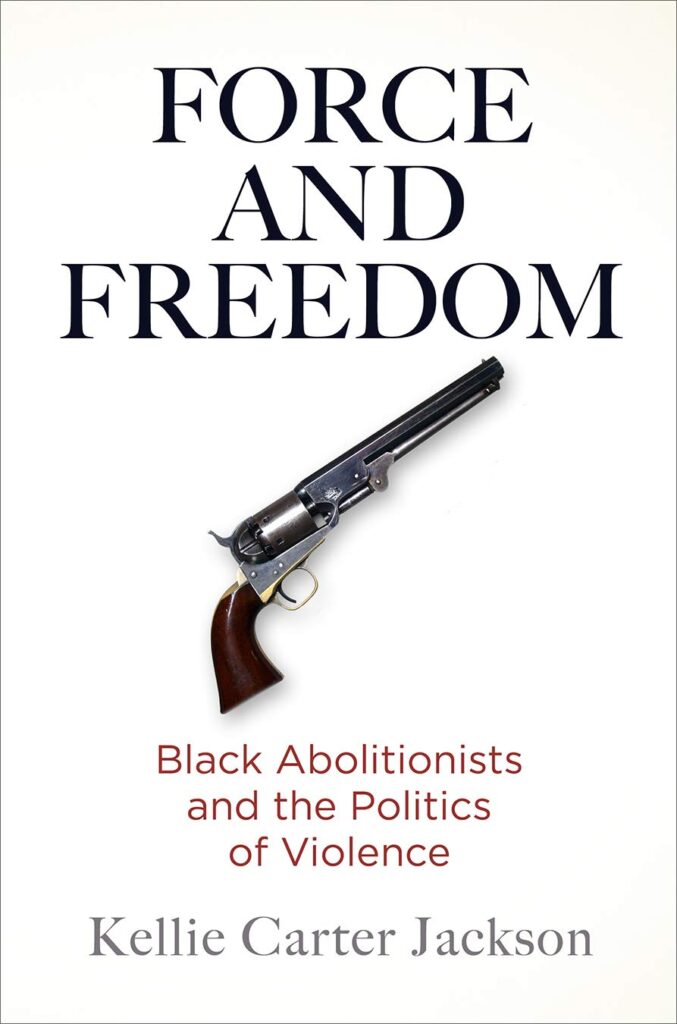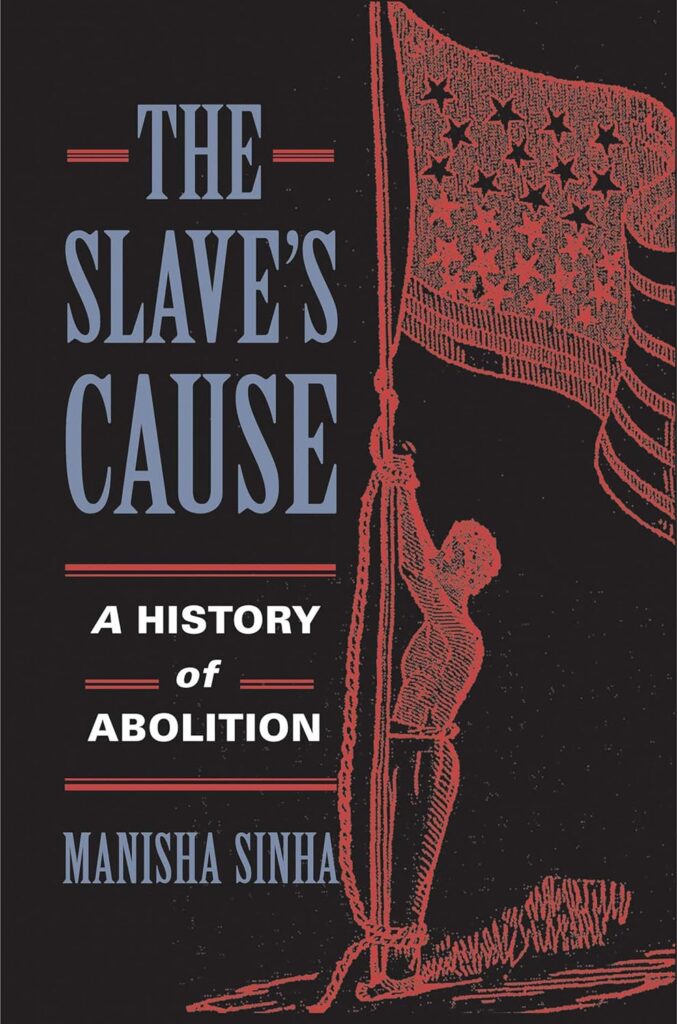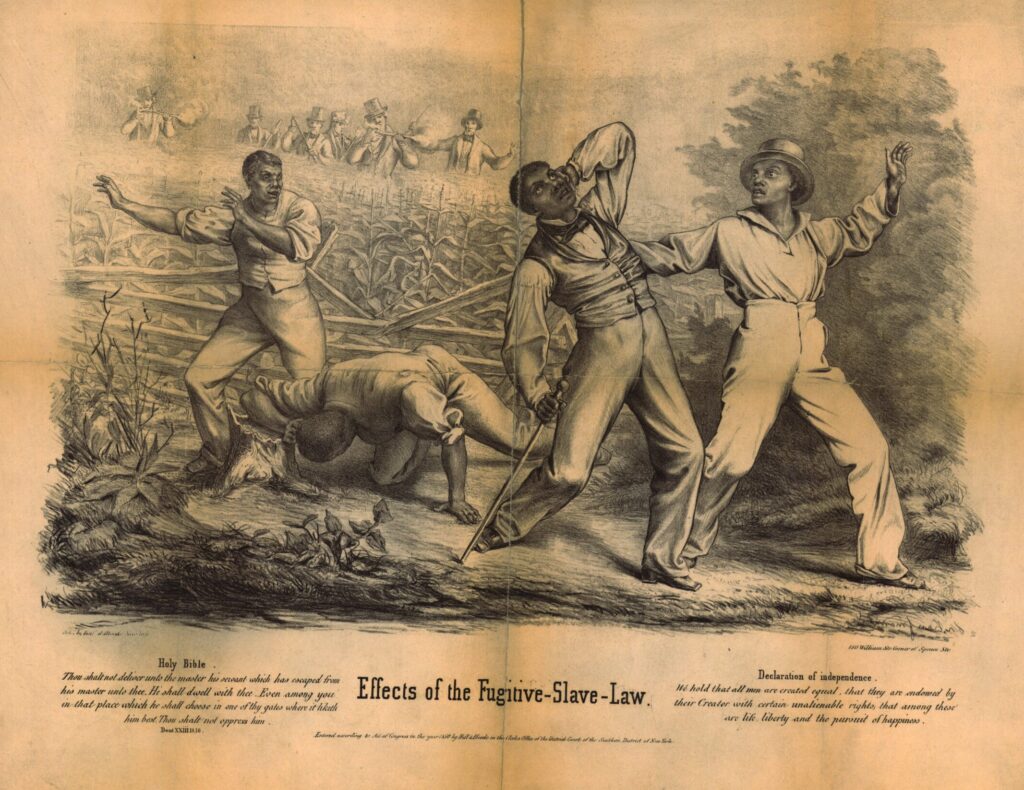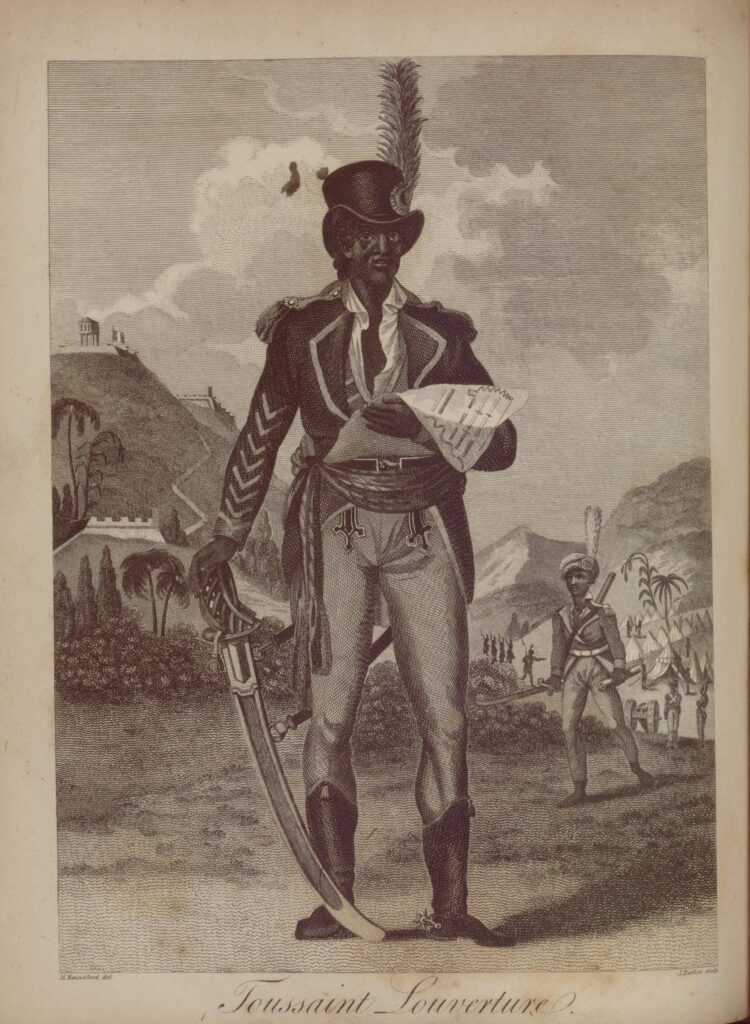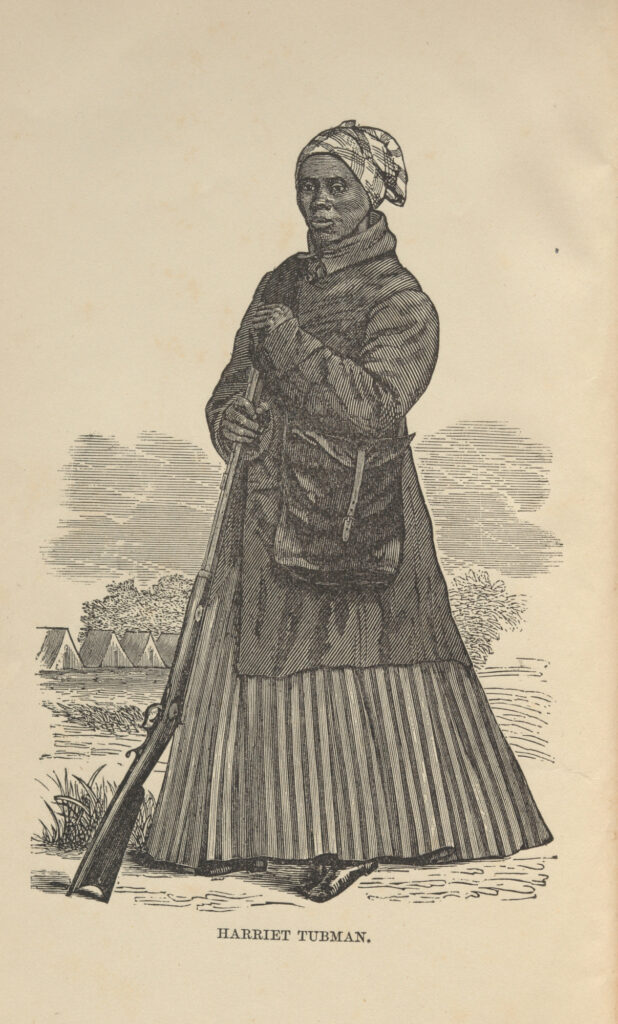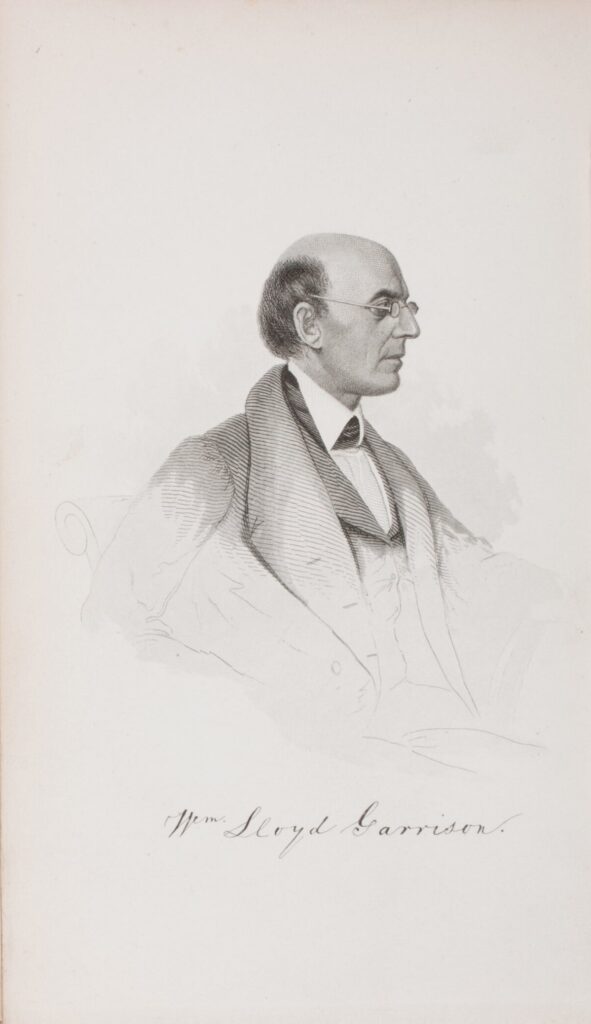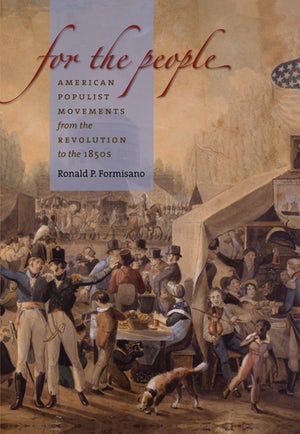In 1961, Benjamin Quarles wrote in his The Negro in the American Revolution that “black Americans quickly caught the spirit of ’76” during the American Revolution (xxviii). While this “contagion of liberty” thesis, later popularized by Bernard Bailyn in The Ideological Origins of the American Revolution, does not hold nearly as much historiographical purchase now as it did in the 1960s for explaining the Revolution, Quarles importantly connected Black Americans with Revolutionary ideology. Kellie Carter Jackson’s Force and Freedom: Black Abolitionists and the Politics of Violence builds upon the work of Quarles, Manisha Sinha, and others by centering the role of Black activists and their political discourse of violence in the antebellum abolition movement. Carter Jackson highlights the importance of political violence in our understanding of Black-led abolitionism and explains how Black abolitionists recalled the Revolutionary idea of forcing freedom during the antebellum period. Moral suasion and nonviolence being insufficient tactics for effecting social and political change by the 1850s, these thinkers and leaders saw an opportunity to finish the Revolution as they conceived it and realize its radical egalitarian legacy through armed resistance. Though Black women and early abolitionism could have been more fully integrated into her analysis, Carter Jackson illuminates the power of Black Americans claiming and enacting their own right to revolution in this brief but incisive book.
Words to Weapons: A History of the Abolition Movement from Persuasion to Force
With Force and Freedom, Carter Jackson makes a stimulating and insightful debut which will have a major influence on abolition movement scholarship.
Force and Freedom is organized into five chapters which move chronologically through the three decades before the Civil War. Chapter one examines how Black abolitionists like David Walker and Henry Highland Garnet became frustrated with the ineffectiveness of Garrisonian moral suasion and nonresistance strategies and articulated an ideology of political violence as necessary for abolition in their writings and speeches. Chapter two centers the Fugitive Slave Law of 1850 as a catalyst that reinvigorated the abolition movement and prompted Black Americans in Northern states to defend themselves individually and as a political group. Chapter three moves through the 1850s and discusses how events like the Kansas-Nebraska Act and the Dred Scott decision made violence inevitable and drove Black abolitionists to further militancy and radical politics. Chapter four reveals the influence of Black leadership in John Brown’s raid on Harpers Ferry in 1859 and reframes Brown and his vision as following the lead of Black revolutionary violence. Lastly, Chapter five shows that Black leaders saw the Civil War as a Black war of emancipation and a revolution for Black Americans.

Sinha’s The Slave’s Cause has drawn attention not only to the centrality of Black actors to the long abolition movement from the Revolution to the Civil War but also to how Black people during and after the Revolution forged and engaged with its legacy as thinkers and activists, a discussion to which Carter Jackson contributes. The presumptive or aspirational “radicalism” of Revolutionary liberty and equality in rhetoric turned into actual political radicalism, Carter Jackson observes, as Black abolitionists summoned a “philosophy of force” against white supremacist domination (2). François Furstenberg explains in his germinal article “Beyond Freedom and Slavery” that early white Americans excluded Black people from their concept of freedom on the basis that they did not virtuously resist enslavement and so must have consented to it (unlike white colonists who contested British administrative overreach). Carter Jackson builds on this thesis by showing how Black abolitionists resisted this exclusion and forged their own radical tradition of American freedom through a language of political violence. They realized that if Black Americans wanted the freedom they deserved, they had to win it by force. Emancipation could not be given but had to be taken and earned.
The Revolution was a vital source of inspiration to Black abolitionists for whom it had a transformative meaning. The famous ultimatum for “liberty or death” resonated with them. By homing in on the necessity of “force for freedom” in that popular slogan, Carter Jackson retrieves the intellectual rationale for collective Black resistance (4). She recognizes the explosiveness of this idea and shows how radical thinking about the Revolution by Black people justified and framed radical action against slavery such as thwarting the Fugitive Slave Law, forming military companies for self-defense, and raiding Harpers Ferry. Black abolitionists were not just critiquing and repurposing a founding creed that did not apply to or include them; they excavated their own creed based on a fundamental critique of the country’s progress. Their critical memory of the founding fueled the abolition movement and their desire to finish an incomplete revolution.
Insofar as Black abolitionists seized on the fulfillment of founding ideals, Carter Jackson is careful not to neglect the impact of the Haitian Revolution. While the American Revolution “supplied the language and ideology . . . to rationalize a violent overthrow of slavery,” the Haitian Revolution provided a “precedent” of the “successful overthrow of slavery” by Black people through violence. It was a “constant reminder” that the American situation could be improved and that abolition and equality were still possible in the nineteenth century. Combined, these two revolutions offered Black abolitionists the foundation of “an alternate revolutionary tradition” in which they nurtured their own radical notions of egalitarianism (3, 5). Carter Jackson, though, does not see Black activists as mere unthinking vessels for the problematic ideas of the age of revolutions so much as interpreters, reformers, and critics, imagining all means necessary for the United States to live up to its ideals, the most effective being violence rather than Christian morality. Black abolitionists had a distinct political tradition which merely appropriated the language of republicanism to make resonant claims to American ideals while finding white fidelity to them wanting.
By emphasizing the importance of earlier Atlantic revolutions, Force and Freedom traces a genealogy of freedom in which the paradigm of racial exclusion gave way to the pursuit of Black liberation. Carter Jackson argues that violence as a strategy and response must ground abolitionist debate and the road to the Civil War. More than an appropriation of Revolutionary ideology, violence was for Black abolitionists a “rational response to oppression” and “the new political language for the oppressed” (44, 53). The same ideology which justified and animated the American founding also gave renewed license to Black Americans’ individual and collective self-defense and emancipation. They finished the Revolution by leading their own, culminating in the Civil War and abolition.
Though Carter Jackson is attuned to the gendering of violence as masculine in the historiography and to how Black women disrupted this ascription, her book would have benefited from closer attention to how “freedom” itself was gendered as well as to what female resistance meant for gendered emancipation and equality. Carter Jackson mostly examines the public writings and speeches of prominent Black male abolitionists. While Black female voices are included, they are submerged in a few passages scattered across the work. Carter Jackson admits in the introduction that “[f]ew black women” publicly challenged nonviolence between the 1830s and 50s. She goes on to analyze Black women’s responses within the context of the broader abolition movement, recognizing their equal “influence, rhetoric, and action” (8-9). However, her chapters suggest that the movement was male dominated and that women were also capable of violence, not that they made equal contributions. Carter Jackson mentions Maria Stewart, an early Black female political thinker in Boston, but primarily focuses on how Stewart echoed David Walker’s forceful rhetoric in his Appeal in IV Articles (1829). How could Stewart’s perspective on Black freedom have differed from Walker’s? Was freedom “not gendered” for Stewart, as Carter Jackson proposes, or was Stewart’s analysis driven by the recognition that it was gendered (30)?
In early and antebellum America, the violence of slavery, and the force necessary to escape it, were coded as masculine. Black men, Carter Jackson rightly notes, sought to prove their manhood in self-defense and self-emancipation just as white revolutionaries had done a generation before them (58-59). Force and freedom were not only gendered by historians but by contemporary political discourse and actors. Given this and the seemingly male-led nature of abolition, the reader is left wondering exactly how women’s contributions shaped or redefined the philosophy of force and the principles which underlaid it. The lack of a clear gender analysis make Black women’s roles appear additive rather than transformative—an appendage to male leadership, thought, and action.
Though Carter Jackson wishes to decenter William Lloyd Garrison, John Brown, and other white abolitionists in her work, she ends up inadvertently reinforcing an older tendency in scholarship to begin the abolition movement around 1830. To her credit, Carter Jackson counters the traditional foregrounding of Garrison’s Liberator by acknowledging Walker’s Appeal as a starting point for Black abolitionist thought. However, work by Richard Newman, Christopher Cameron, Sinha, and Paul Polgar has pushed back against this periodization, focusing more on the early rise of abolitionism and its radical, interracial nature (167n5). In Standard-Bearers of Equality, for instance, Polgar examines what he calls the first abolition movement in the urban mid-Atlantic around the turn of the nineteenth century. He aims to undermine the Garrisonian depiction of early abolitionism as too gradualist and therefore too conservative. Carter Jackson, however, implies early in her book that the “antislavery movement” started only a few decades before the Civil War, rather than during the colonial period and Revolution, where the origin is now regularly placed in the historiography (8). In doing so, she dismisses the early movement as insignificant, if not nonexistent, and gives the impression that Black Americans only grappled with American republicanism from the 1830s on when we know that they were counter-critiquing and recreating that tradition since the late eighteenth century.
In crafting a “road to the Civil War” narrative, Carter Jackson could do more to acknowledge the deeper origins of the abolition movement and to the dynamic, revolutionary discourse with which Black abolitionists were in conversation. While it makes sense to bookend a story about the abolitionist tactical shift from moral suasion to violence with the 1830s and the 1860s, that story leaves out antislavery and Black radical thought before Walker and Garrison and suggests that the political discourse of violence sprung up in their wake. Carter Jackson’s analysis would have benefited from a brief comparison of early and later abolitionism and how Black thought explored and superseded the Revolution’s ambivalent promise of freedom and equality.
With Force and Freedom, Carter Jackson makes a stimulating and insightful debut which will have a major influence on abolition movement scholarship. She recenters Black leadership in the movement and illuminates how critical it is to understanding the shift in strategy from public persuasion to political violence. While Carter Jackson could have paid more attention in her analysis to the gendering of Black abolitionism and to the earlier movement and development of abolitionist thought, she compellingly connects Black abolitionism and the embrace of revolutionary ideas. Black people and their resistance to slavery were indeed crucial to the expansion of American freedom and equality during the antebellum period and the Civil War. They led a movement devoted to securing perhaps the most radical and elusive principle of all American history: Black humanity.
Further Reading
Bernard Bailyn, The Ideological Origins of the American Revolution, 2nd ed. (1967; Cambridge: Harvard University Press, 1992).
Christopher Cameron, To Plead Our Own Cause: African Americans in Massachusetts and the Making of the Antislavery Movement (Kent, OH: Kent State University Press, 2014).
François Furstenberg, “Beyond Freedom and Slavery: Autonomy, Virtue, and Resistance in Early American Political Discourse,” Journal of American History 89, no. 4 (Mar. 2003): 1295-330.
Richard S. Newman, The Transformation of American Abolitionism (Chapel Hill: University of North Carolina Press, 2002).
Paul J. Polgar, Standard-Bearers of Equality: America’s First Abolition Movement (Williamsburg and Chapel Hill: Omohundro Institute of Early American History and Culture and University of North Carolina Press, 2019).
Benjamin Quarles, The Negro in the American Revolution (1961; Chapel Hill: University of North Carolina Press, 1996).
Benjamin Quarles, “The Revolutionary War as a Black Declaration of Independence,” in Slavery and Freedom in the Age of the American Revolution, ed. Ira Berlin and Ronald Hoffman, 2nd ed. (Urbana: University of Illinois Press, 1986), 283-301.
Manisha Sinha, “Coming of Age: The Historiography of Black Abolitionism,” in Prophets of Protest: Reconsidering the History of American Abolitionism, ed. Timothy Patrick McCarthy and John Stauffer (New York: New Press, 2006).
Manisha Sinha, The Slave’s Cause: A History of Abolition (New Haven: Yale University Press, 2016).
Manisha Sinha, “To ‘Cast Just Obliquy’ on Oppressors: Black Radicalism in the Age of Revolution,” William and Mary Quarterly 64, no. 1 (Jan. 2007): 149-60.
This article originally appeared in December 2023.
William Morgan is a Ph.D. student in the Indiana University Bloomington Department of History. He studies the cultural history of early America with emphases on early Black politics, the long Revolution, and the first abolition movement.



